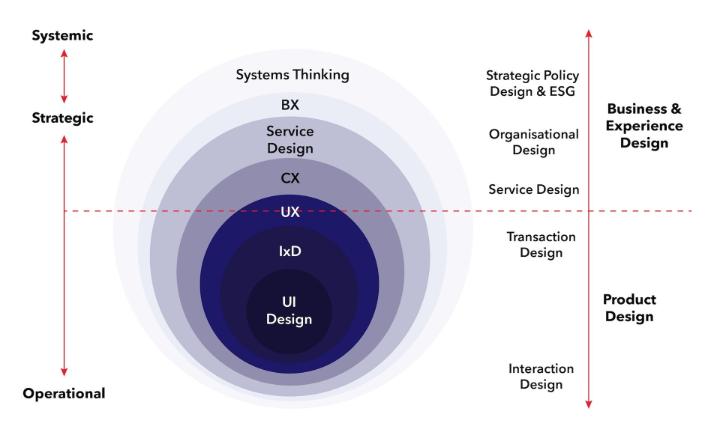Digital transformation is no buzzword here; it's the lifeblood of modern organisational strategy. Yet, the stark reality is most digital transformation projects fail to deliver on their objectives. A staggering 70% according to McKinseyand up to 95% according to Bain & Co.At best, a waste of time and money for those involved, and at worst truly catastrophic like the Horizon Post Office IT scandal.
So why this disconnect between aspiration and achievement?
The reasons are consistent. The shiny allure of the digital customer (or in this case, member) experience obscures the messy realities of internal operations, business goals and governance. There’s a focus on the 'what' the organisation wants, neglecting the profound impact of change on the very people and systems that must deliver it.
Then there's the human element – or rather, the frequent lack of it.
Missing skillsets, projects led from the ‘side of the desk’ and fundamental misalignments between different and diverse stakeholder groups – combined with cultural and organisational silos - stifle joined-up thinking and the ability to actively embrace and undertake change. Often, only financial metrics are used to measure transformation success, ignoring crucial human change indicators like user engagement and technology adoption.
Effectively, it’s a fixation on the 'what' of transformation ‘we need an industry-standard membership app’, while not grasping the crucial 'how' and 'why'. Without this holistic, empathetic understanding, setting meaningful change outcomes and adapting along the way becomes impossible. Hence stratospheric digital transformation failure rates.
So how can membership leaders address this fundamental need to connect the dots between technology, operations, and, most importantly, human capabilities?
The answer lies in human-centred design approaches, including Service Design.
The evidence is compelling. Research from Saïd Business School indicates that human-centred approaches that address emotional impacts on employees and users are 12 times more likely to succeed through fostering empowerment and collaboration. The very human elements traditional business plans and ‘off-the-shelf’ digital solutions often overlook.
Change at its core is about people, and unfolds at various levels, from the smallest interaction between a member and an app, to the broadest systemic shifts like diversity and inclusion and climate change.
Service Design is a brilliant, practical, strategic framework to orchestrate change across these six crucial dimensions: interactions, transactions, products, services, organisations, and systems. It's the discipline that connects the systemic view with the specifics of individual experience, linking the 'what' to the 'how' and the 'why'.
Through meticulous business analysis and qualitative and quantitative user research, Service Design delves into the entire organisational ecosystem. This identifies human needs and informs holistic Service and Journey Mapping that considers technical, data, regulatory, and human elements like skillsets and behaviours. It involves members, employees, and stakeholders in the design process through interviews, workshops, and co-creation, ensuring that investments in technology are truly data-informed and aligned with stakeholder needs and strategic goals. This collaborative, iterative approach fosters buy-in, breaks down silos and allows for continuous refinement. This turns risky, large-scale digital investments into more Agile, manageable phases that minimise the inevitable anxieties that accompany change.

For membership bodies whose very purpose is about value exchange, taking a human-centred transformation approach is a strategic imperative.
Many organisations already listen to member stories and understand their member journeys and organisational painpoints. But for complex digital transformation challenges, bringing in specialist human-centred design expertise can be a game-changer to unpick the needs and motivations of diverse, multi-generational members and volunteers and the professionals who must serve them.
External partners can provide a fresh, objective perspective that sits outside governance structures, personalities and ‘business-as-usual’ to facilitate collaboration and stakeholder alignment, develop and test prototypes, and design data-informed, user-centred technology platform strategies, including AI. And not just for potential change projects, but as a sense check for existing digital transformation programmes to assure they are on track. All helping avoid the incredible failure rates of most projects.
Membership leaders face complex, sometimes existential organisational challenges, but human-centred design can amplify your strategic efforts, empower your people, and drive truly meaningful and engaging member experiences. All with the aim of ensuring a sustainable future for your organisation, by connecting the ‘what’, ‘why’ and ‘how’.
To learn more about how human-centred Service Design can support your organisation’s digital transformation needs, download our new white paper.
Caci are one of Memcom's 2025 Sponsors. If you are interesting in learning more about partnership opportunities for 2025, please get in touch with sylwia@memcom.org.uk to find out what options are available.


